Churches and Convents of Goa: Easter Special
Goa, the city of gorgeous beaches and lilting music has also a very sublime side. Much before Goa as we know today evolved, it had been the centre of the Catholic religion in Portuguese India. It was referred to as “Rome of the East”, and was a major evangelization centre that influenced much of Asia. The influence of the Portuguese and the Catholic religion is nowhere better seen than in the numerous churches and convents that dot Goa, particularly Old Goa. The collection of religious monuments of Churches and convents in Old Goa are part of a UNESCO World Heritage Site. For other tourism spots, read up on Varca village and the beach with La Vida Varca.
Though beautiful churches and convents dot Goa and are a ubiquitous part of the skyline, some of the more important ones which one must visit for a unique and different experience are featured here.
Basilica of Bom Jesus
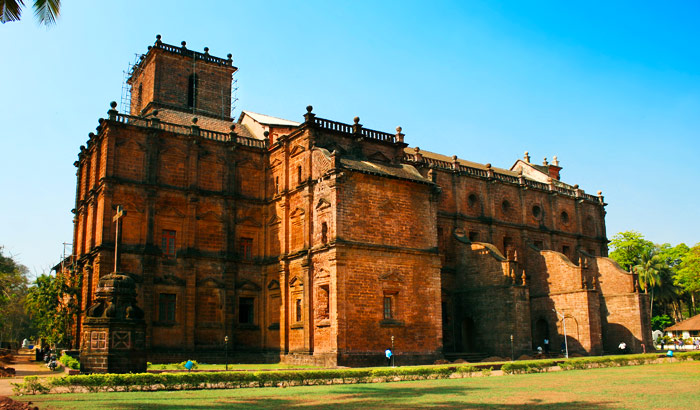
This is a church that was consecrated in the year 1605 and is considered to be the first minor Basilica in India. It’s a shining example of Baroque architecture and even today stands tall and inspiring in the centre of Old Goa. The Basilica of Bom Jesus is a UNESCO World Heritage site. Apart from its antiquity and architectural splendour the Basilica of Bom Jesus also houses the mortal remains of St. Francis Xavier, the famous Catholic missionary and a co-founder of the Society of Jesus.
The Basilica of Bom Jesus is one of the oldest Churches in India and has a simple but ethereal beauty that has a soothing aura. The flooring is marble and inlaid with precious stones and the golden altar is the only other grand embellishment in an otherwise spartan interior. A silver casket holds the mummified remains of St. Francis Xavier and this is places atop a mausoleum which was designed by a 17th-century sculptor from Florence named Foggini. The holy relics of St. Francis Xavier are on public display usually once every ten years.
Convent and Church of St. Francis Assisi
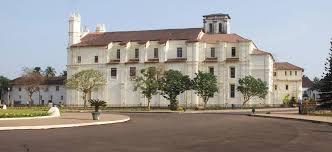
The Church of St. Francis Assisi is an immaculate example of symmetrical architecture. Flanked by beautifully designed octagonal towers, the white building with a red-tiled tapering roof presents a beautiful picture. The Church lies in the midst of well-maintained grounds with a well-landscaped garden. Originally the Church also included a convent, however, the convent is no longer in existence. The convent building now houses the Museum of Archaeological History. The Church is an enchanting mix of architectural styles that includes elements of Portuguese and Italian architecture.
Se Cathedral
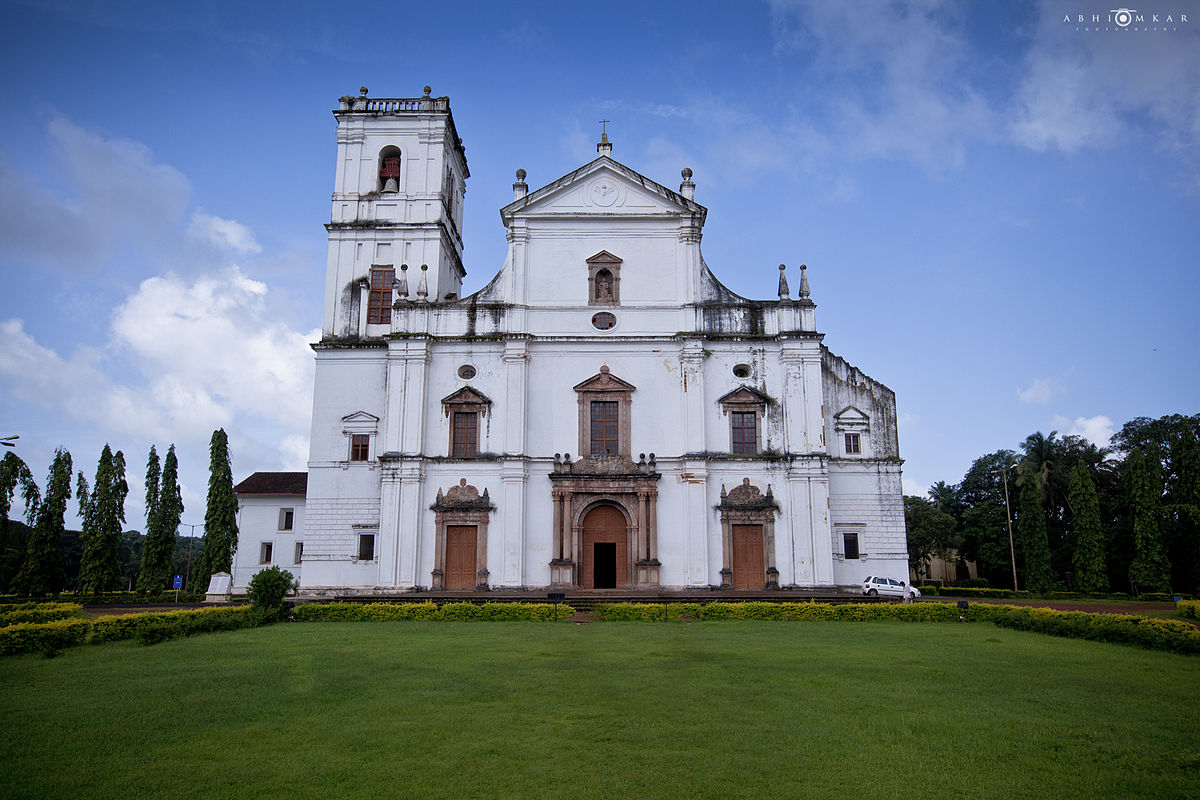
The Se Cathedral was completed in the year 1652 and took almost a hundred years to build. But the beauty of the structure justifies fully the time it took to be completed. The Cathedral is dedicated to St. Catherine of Alexandria. The church has a lovely facade which along with its exquisite interiors, beautiful mosaic work, as well as gold and wooden carvings make it a visual delight. The highlights of the Se Cathedral that should not be missed are the Bell Tower which contains the golden bell, the main altar in the church which has motifs depicting the life of St. Catherine up to her martyrdom, the Chapel of the Blessed Sacrament with its skillfully carved wall and ceiling as well as the Organ housed in the gallery that dates back to the eighteenth century.
The Nunnery of Santa Monica
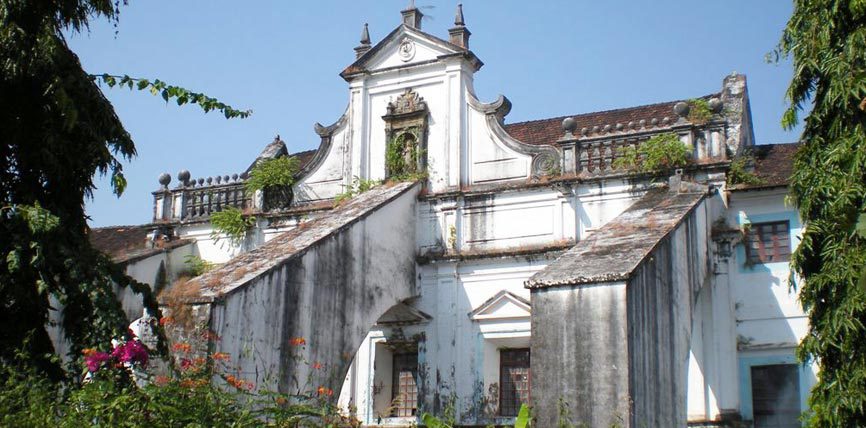
The Nunnery of St. Monica is a unique fortress type structure that was built in the year 1627. It is named after St. Monica who was the mother of St. Augustine and at one time accommodated about 250 nuns. The Nunnery was open not only to nuns but also to widows who were willing to dedicate their lives to the service of God. The Nunnery is a large structure spread over three floors and also has a chapel that houses the Miraculous or Weeping Cross. The vaults in the building have been embellished with scenes from the bible like how it is in the Sistine Chapel at the Vatican Museums.
Ruins of the Church of St. Augustine
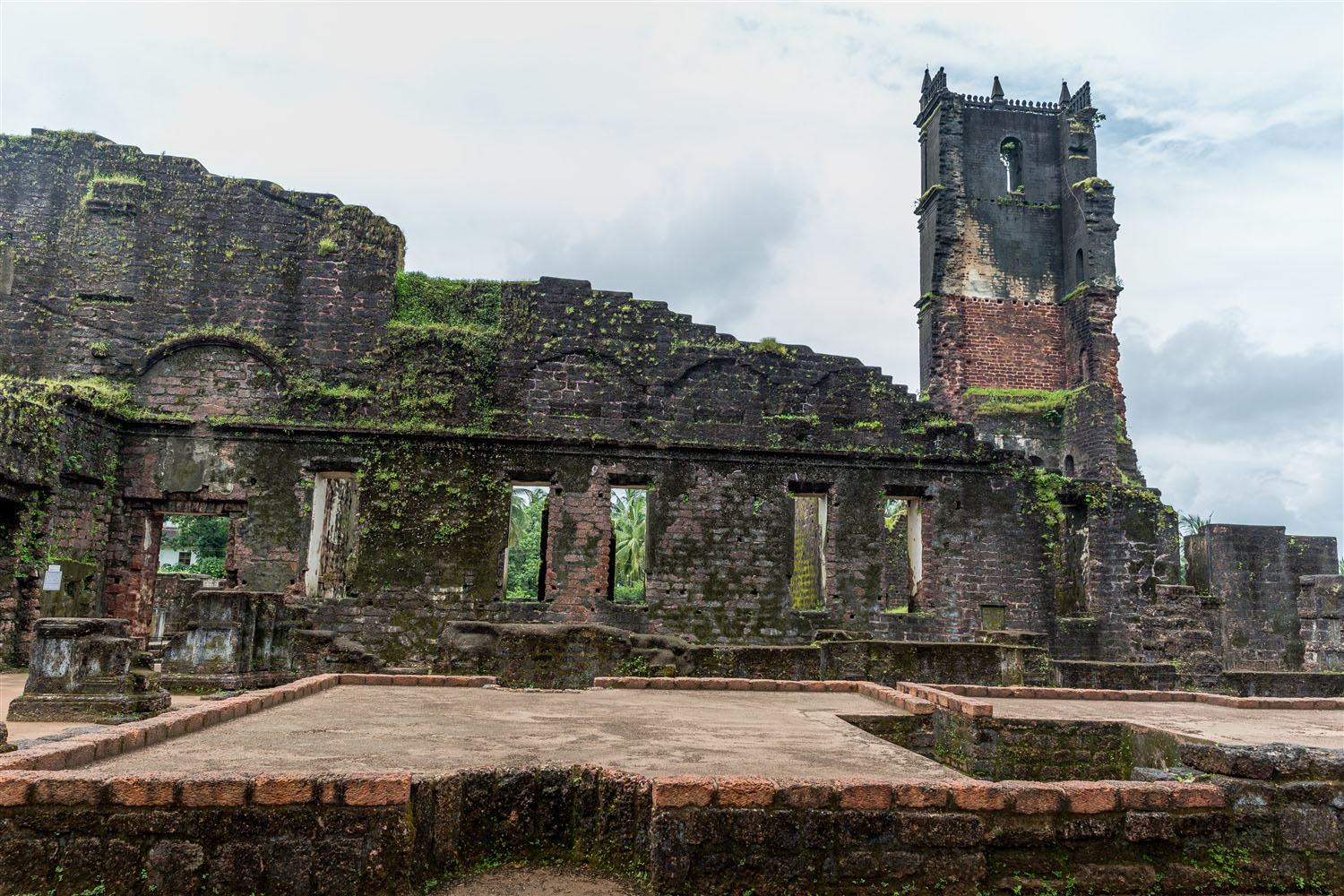
Not very far from the Nunnery of Santa Monica stands a tall and dilapidated structure apparently ravaged by the elements of nature and time. The tall structure still stands as a testimony to an age long lost in the annals of history. This structure is the only surviving tower of the four towers that graced the St. Augustine Church which was once the biggest Church in Goa. The surviving tower is what remains today of what had been once a great Church. The ruins of the Church of St. Augustine are a UNESCO World Heritage Site. The Church was probably completed in 1602 and during its heyday was considered to be at par with the great churches of the Renaissance period. However, in the year 1835, the Augustinians were banished from Goa and the church was abandoned and became derelict and crumbled. What remains is just the belfry of one of the towers that defies the march of time.
The spirit of Goa, in a nutshell, touches your soul through its divine churches and convents that tell silent stories. Stories of the people, their devotion, and their religion that belonged to a different era. If you want to listen to these stories and lose yourself in sublime Goa head out there. You have a sanctuary waiting for you at Sterling Goa-Varca and Sterling Goa-Bardez.


